Good Luck, Wood Duck
The wood duck has bounced back from near extinction since the early days of this century. Overhunting and a shortage of nesting cavities once caused its population to plunge, but hunting regulations, together with the building of artificial nesting structures, have helped make this waterfowl one of our most abundant ducks.
Like goldeneyes and hooded mergansers, wood ducks usually nest in hollow trees around swamps, ponds, lakes, and creeks across Canada. Unable to make their own cavities, they depend on woodpeckers to excavate hollows — or on people like you to build and install nesting boxes. Here’s how to accommodate these unique waterfowl:
- Build a nesting structure out of cedar, with the roof sloping downward and overlapping at the front and back to shed rain.
- The depth of the box should be 60 cm; the floor 30 x 30 cm; the entrance hole oval and 46 cm above the floor, 8 cm high x 10 cm wide for wood ducks and hooded mergansers, 10 x 13 cm for common mergansers, and 9 x 12 cm for common and Barrow’s goldeneyes.
- Attach an 8-cm-wide strip of wire mesh on the inside front panel of the structure to enable ducklings to climb to the entrance hole and jump out.
- Line the inside with cedar shavings to a depth of 10 cm.
- Mount the box on an isolated tree (3 to 6 m high) facing the water’s edge or on a post 1.2 to 1.8 m above water, with no obstructions near the entrance hole. To prevent predation by raccoons, install a baffle or aluminum sheet around the base of the tree-trunk or pole.
- Angle the structure slightly forward to make it easier for ducklings to climb out.
- As a rule, install two nesting boxes per hectare of wetland.
- Inspect, clean out, and line the box with fresh wood shavings each fall.












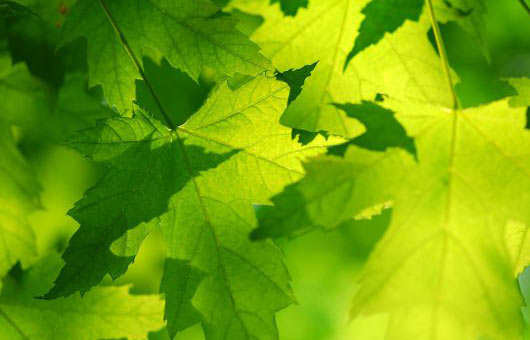
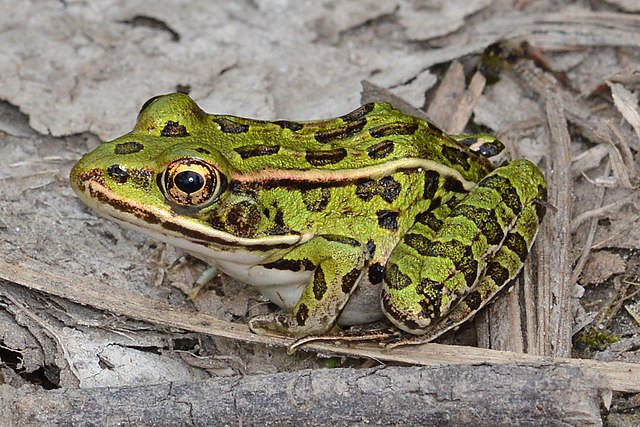
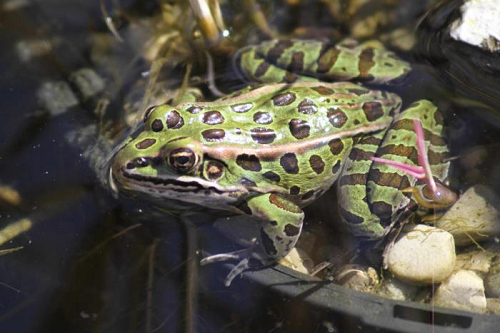
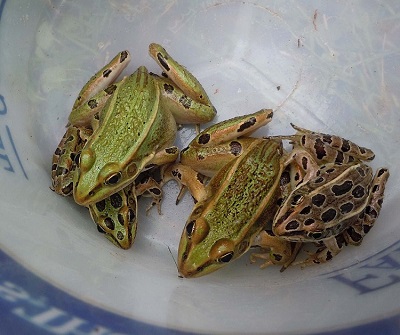
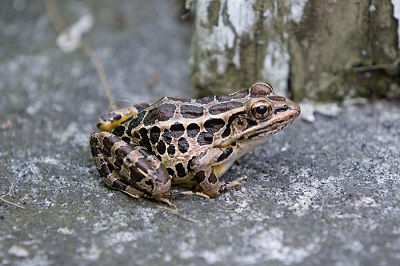

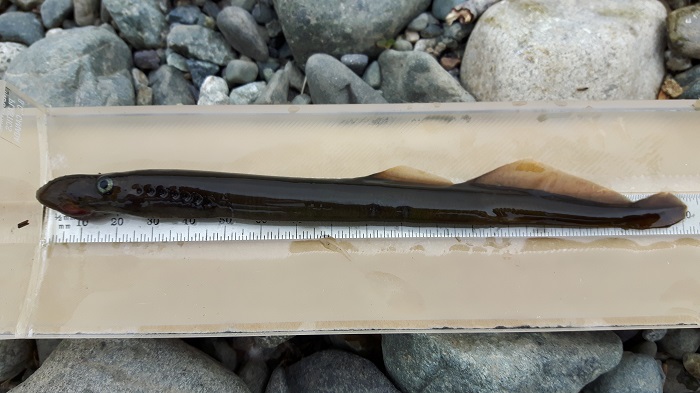





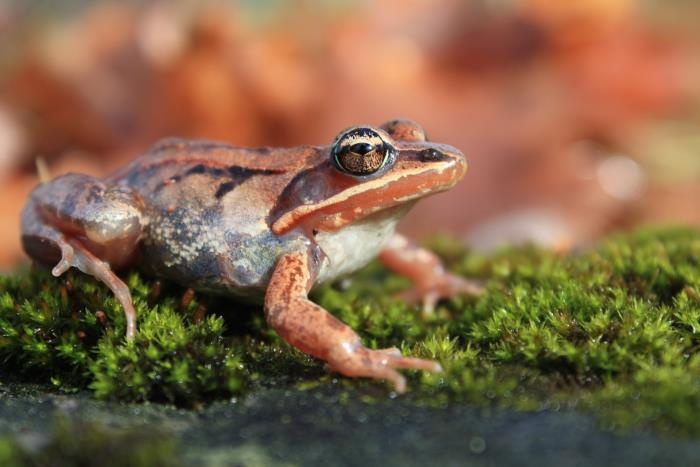

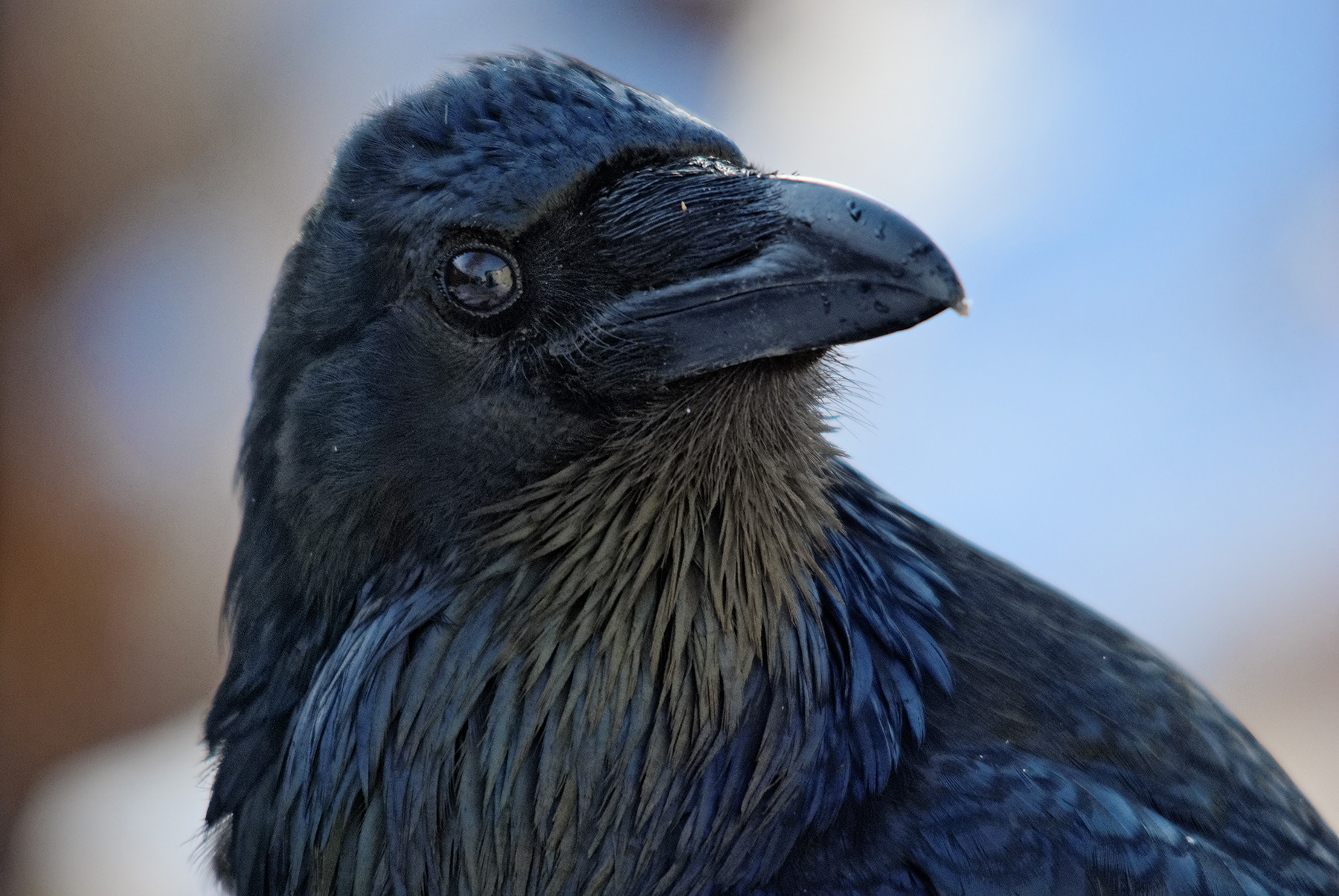
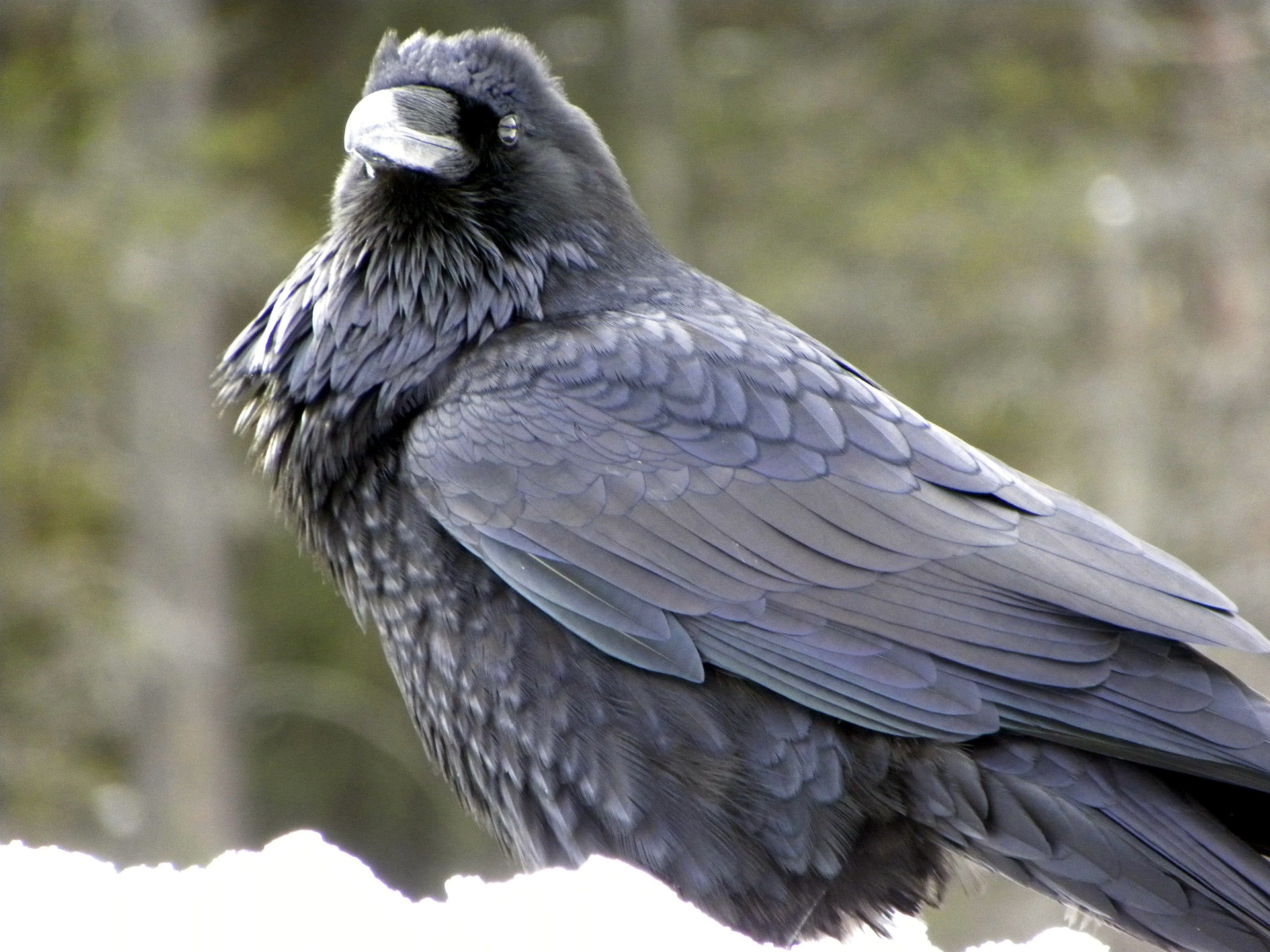

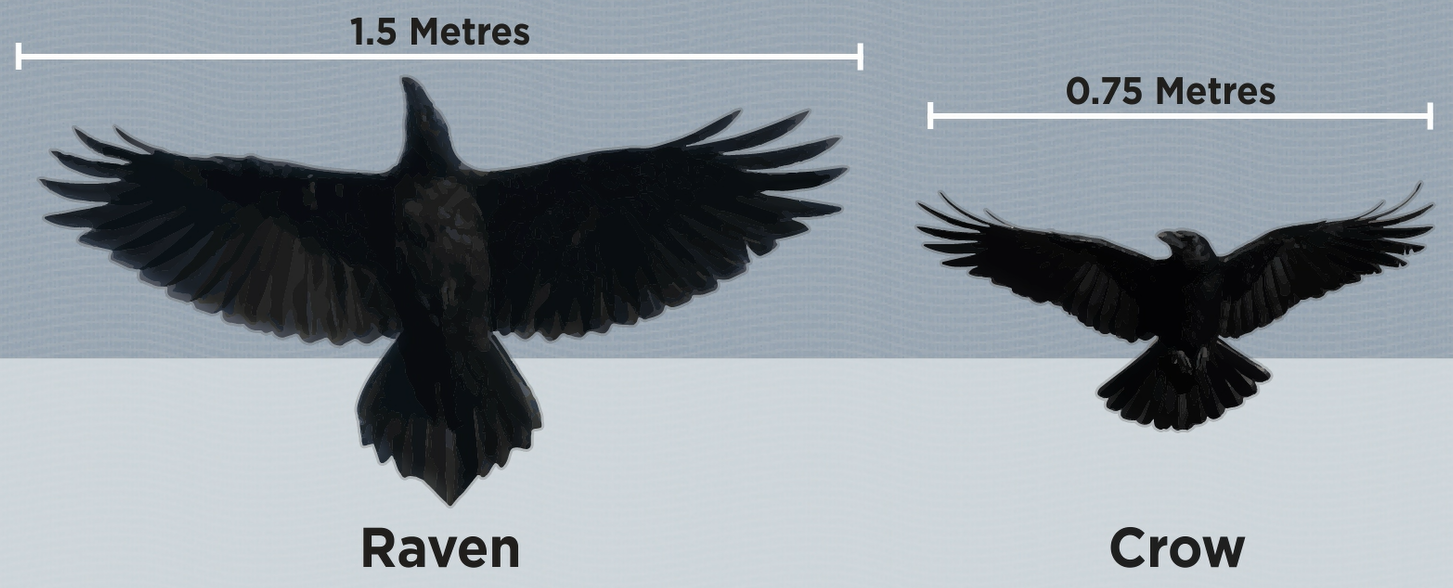

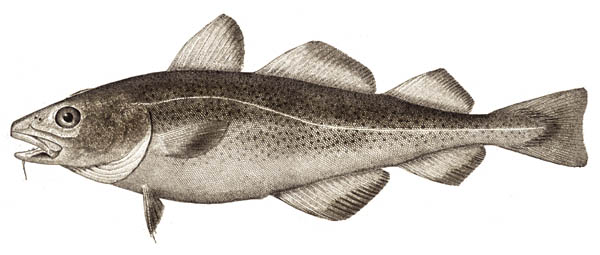 The Atlantic Cod (Gadus morhua) is a medium to large saltwater fish: generally averaging two to three kilograms in weight and about 65 to 100 centimetres in length, the largest cod on record weighed about 100 kg and was more than 180 cm long! Individuals living closer to shore tend to be smaller than their offshore relatives, but male and female cod are not different in size, wherever they live.
The Atlantic Cod (Gadus morhua) is a medium to large saltwater fish: generally averaging two to three kilograms in weight and about 65 to 100 centimetres in length, the largest cod on record weighed about 100 kg and was more than 180 cm long! Individuals living closer to shore tend to be smaller than their offshore relatives, but male and female cod are not different in size, wherever they live.
 The North Atlantic Right Whale (Eubalæna glacialis) is one of the rarest of the large whales. It can weigh up to 63,500 kilograms and measure up to 16 metres. That’s the length of a transport truck and twice the weight! Females tend to be a bit larger than males – measuring, on average, one metre longer. Considering its weight, it’s fairly short, giving it a stocky, rotund appearance. Its head makes up about a fourth of its body length, and its mouth is characterized by its arched, or highly curved, jaw. The Right Whale’s head is partially covered in what is called callosities (black or grey raised patches of roughened skin) on its upper and lower jaws, and around its eyes and blowhole. These callosities can appear white or cream as small cyamid crustaceans, called “whale lice”, attach themselves to them. Its skin is otherwise smooth and black, but some individuals have white patches on their bellies and chin. Under the whale’s skin, a blubber layer of sometimes more than 30 centimetres thick helps it to stay warm in the cold water and store energy. It has large, triangular flippers, or pectoral fins. Its tail, also called flukes or caudal fins, is broad (six m wide from tip to tip!), smooth and black. That’s almost the same size as the Blue Whale’s tail, even though Right Whales are just over half their size. Unlike most other large whales, it has no dorsal fin.
The North Atlantic Right Whale (Eubalæna glacialis) is one of the rarest of the large whales. It can weigh up to 63,500 kilograms and measure up to 16 metres. That’s the length of a transport truck and twice the weight! Females tend to be a bit larger than males – measuring, on average, one metre longer. Considering its weight, it’s fairly short, giving it a stocky, rotund appearance. Its head makes up about a fourth of its body length, and its mouth is characterized by its arched, or highly curved, jaw. The Right Whale’s head is partially covered in what is called callosities (black or grey raised patches of roughened skin) on its upper and lower jaws, and around its eyes and blowhole. These callosities can appear white or cream as small cyamid crustaceans, called “whale lice”, attach themselves to them. Its skin is otherwise smooth and black, but some individuals have white patches on their bellies and chin. Under the whale’s skin, a blubber layer of sometimes more than 30 centimetres thick helps it to stay warm in the cold water and store energy. It has large, triangular flippers, or pectoral fins. Its tail, also called flukes or caudal fins, is broad (six m wide from tip to tip!), smooth and black. That’s almost the same size as the Blue Whale’s tail, even though Right Whales are just over half their size. Unlike most other large whales, it has no dorsal fin.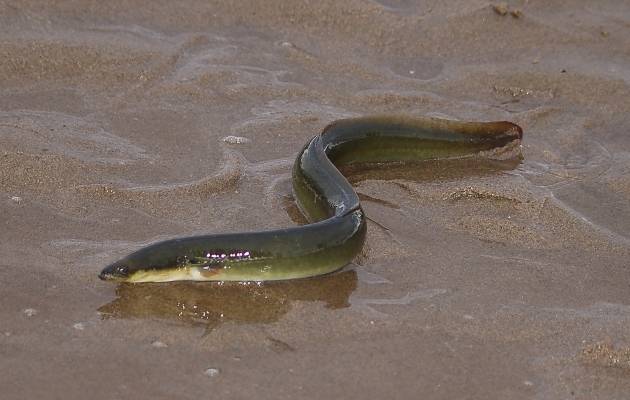



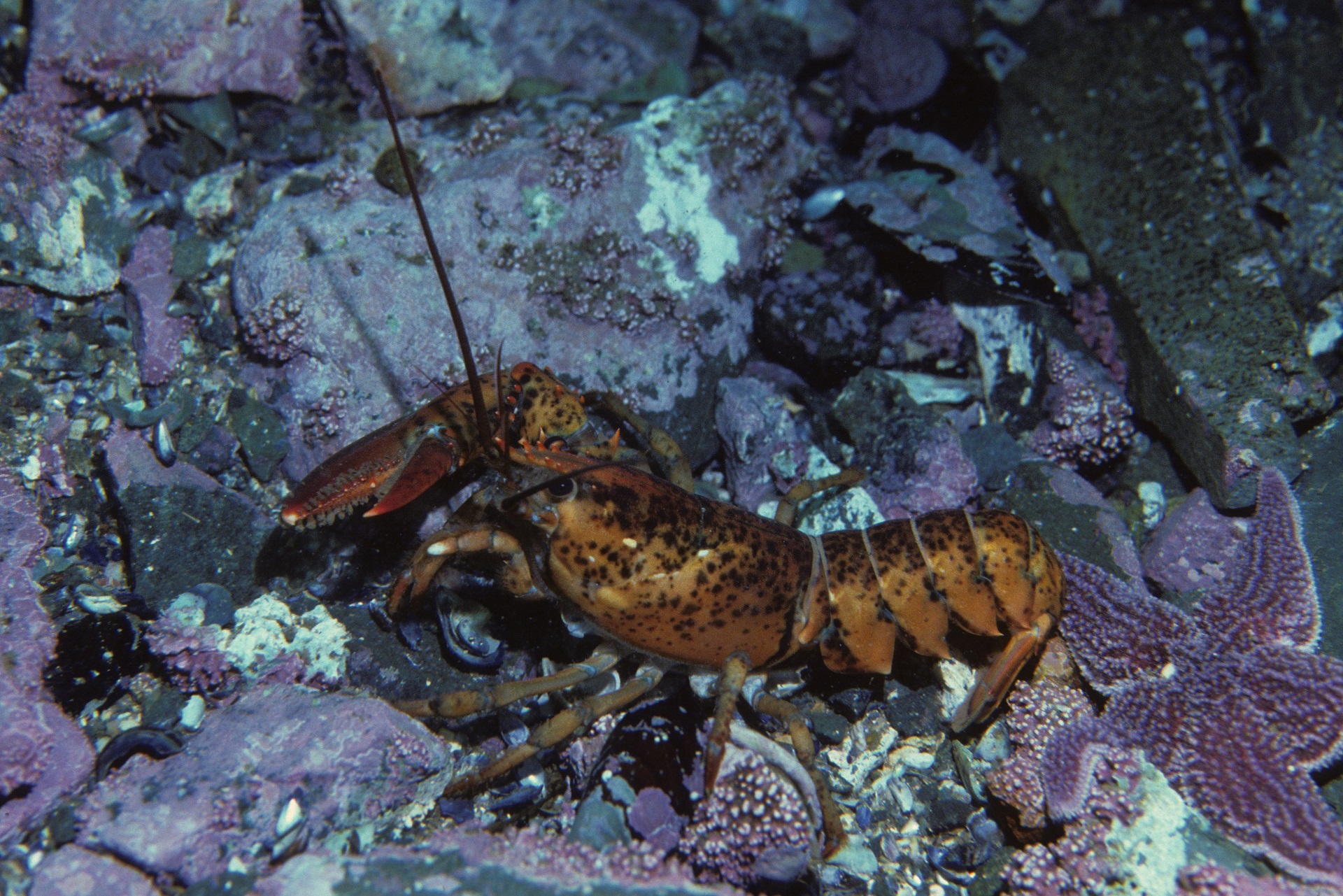
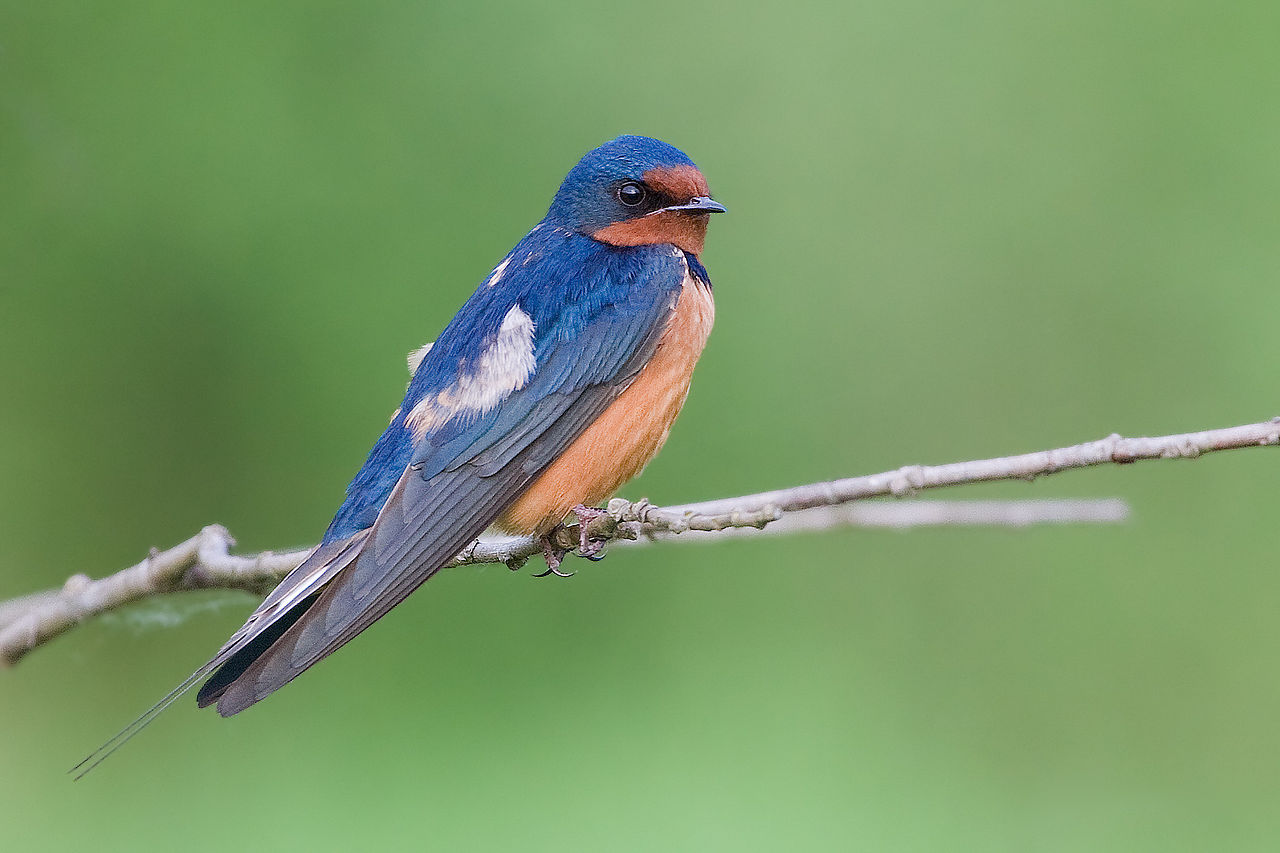


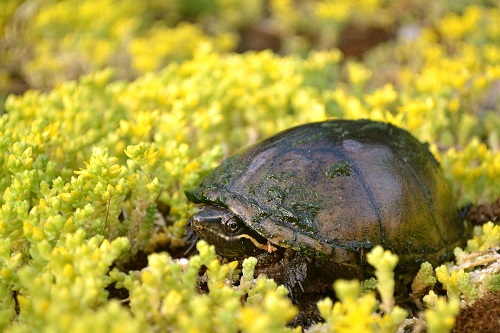

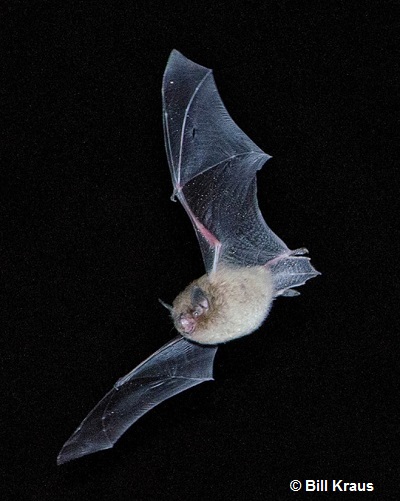


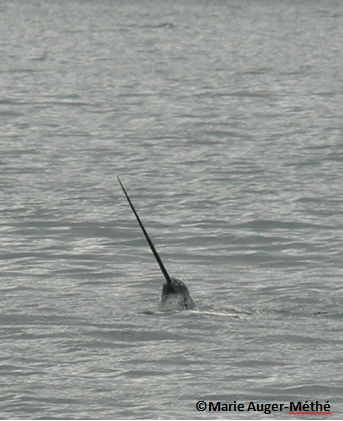
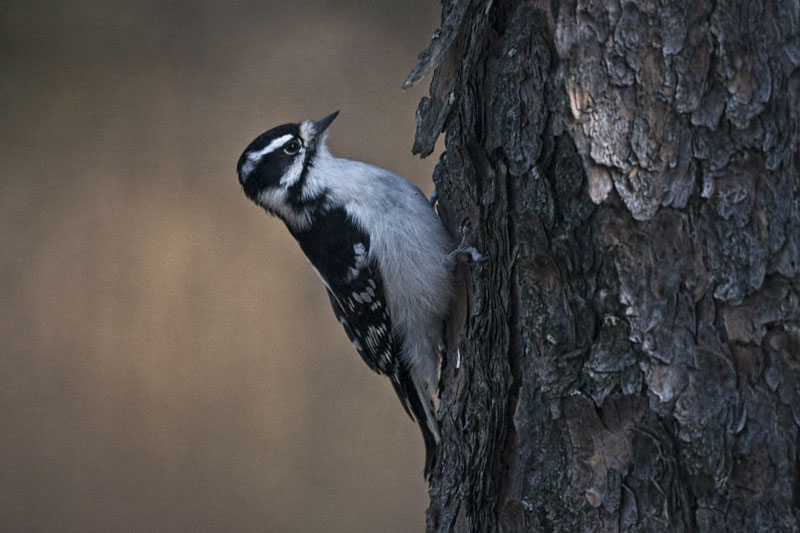

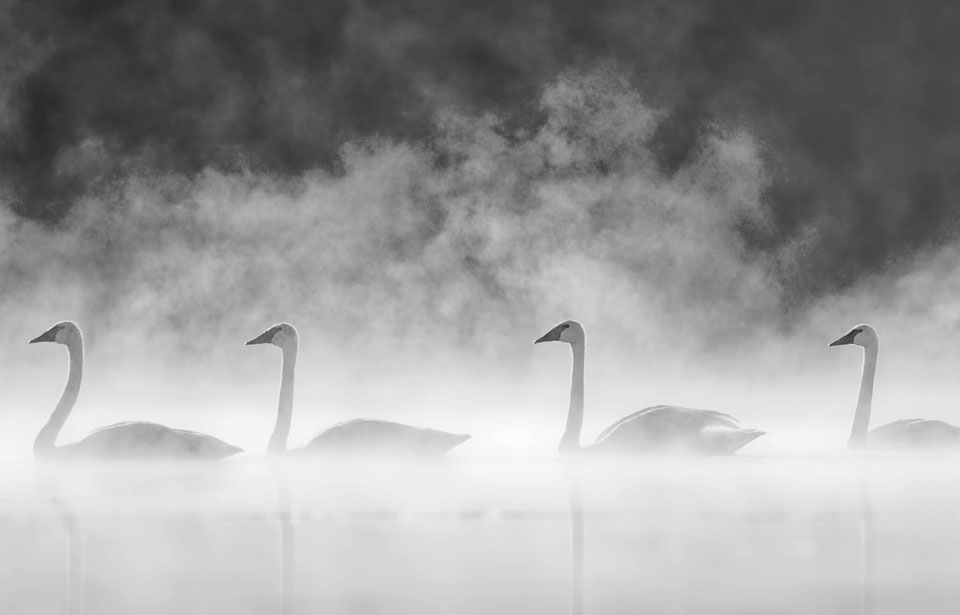
 Adult Trumpeter Swans Cygnus buccinator are large birds with white feathers and black legs and feet. The feathers of the head and the upper part of the neck often become stained orange as a result of feeding in areas rich in iron salts. The lack of colour anywhere on the swans’ bodies distinguishes them from other white species of waterfowl, such as snow geese, which have black wing tips.
Adult Trumpeter Swans Cygnus buccinator are large birds with white feathers and black legs and feet. The feathers of the head and the upper part of the neck often become stained orange as a result of feeding in areas rich in iron salts. The lack of colour anywhere on the swans’ bodies distinguishes them from other white species of waterfowl, such as snow geese, which have black wing tips.